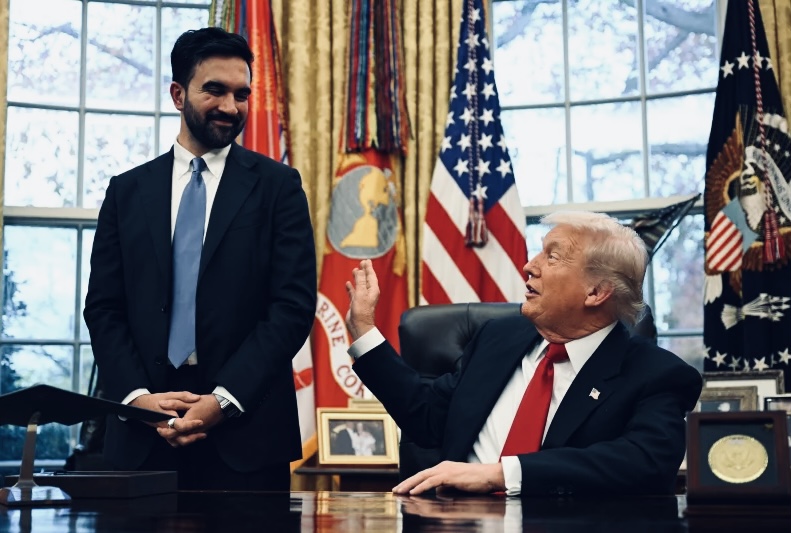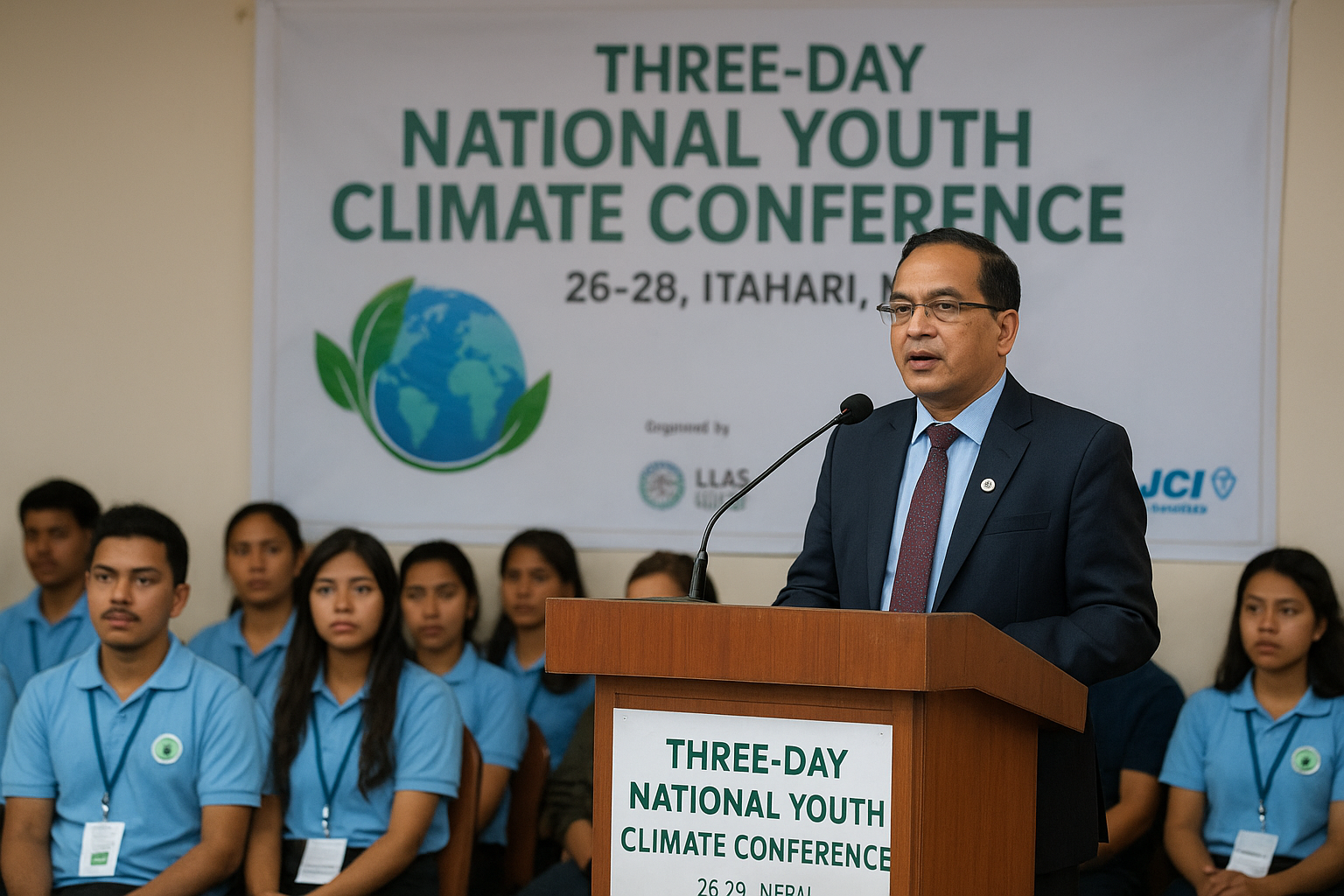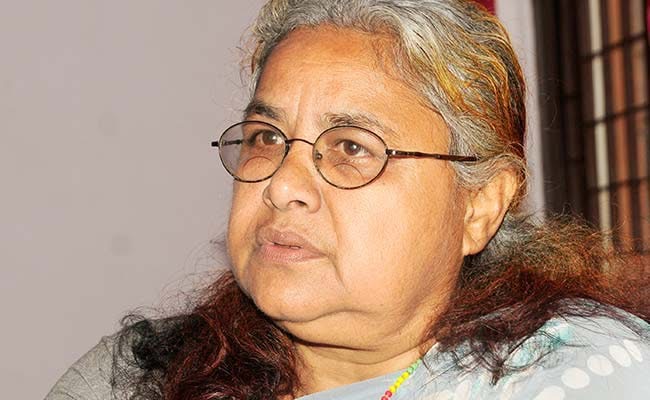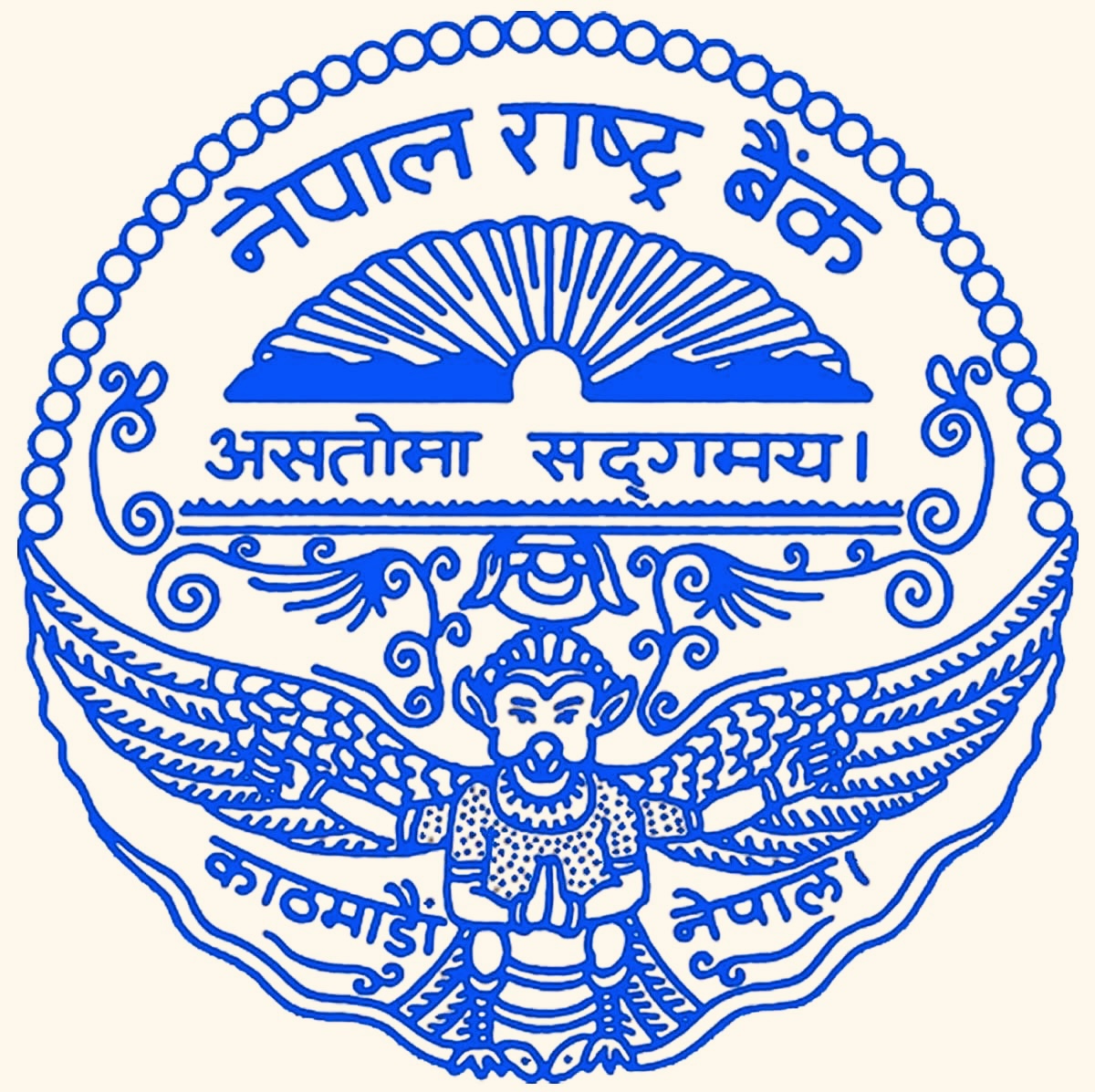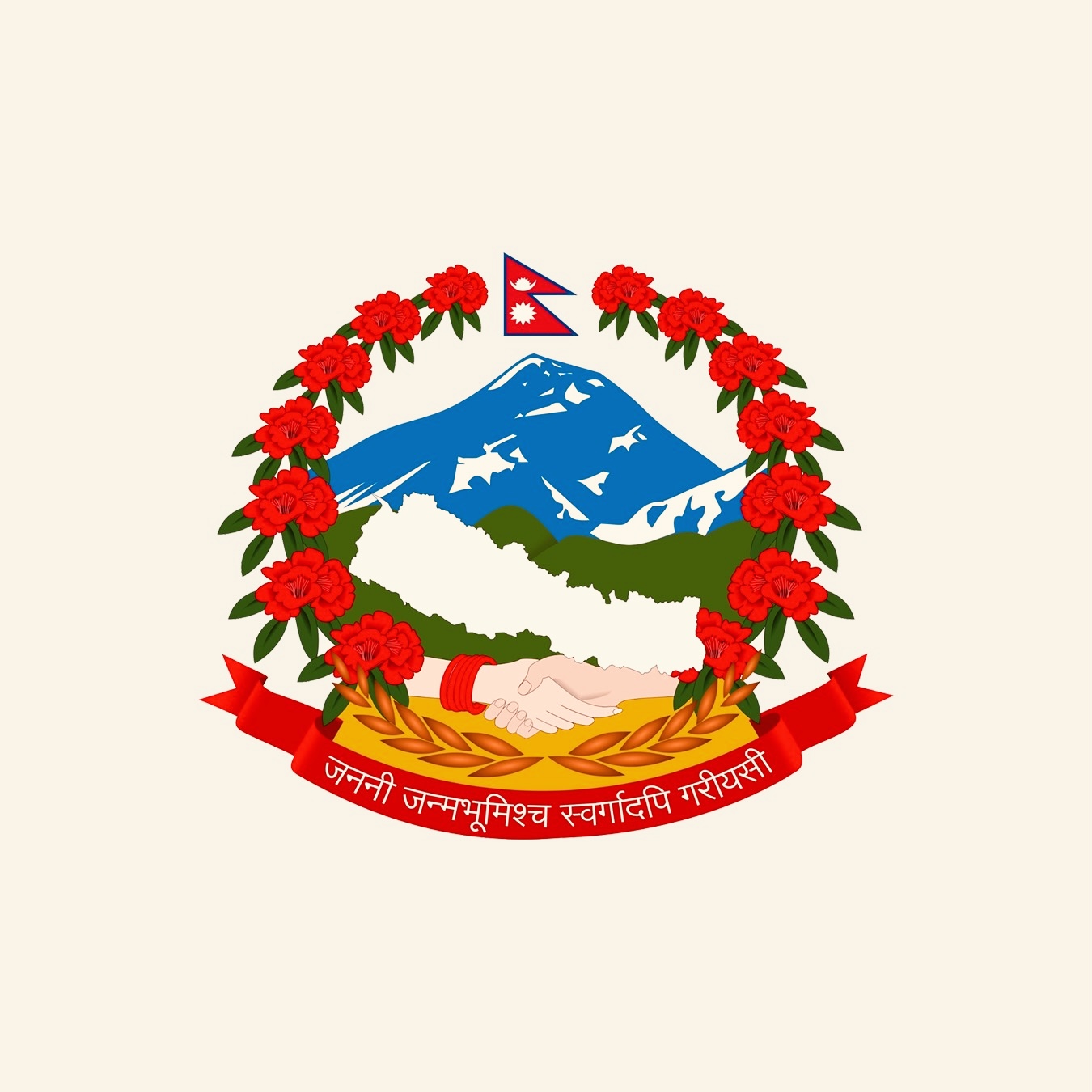Land Pooling Projects at Crossroad
 विजय राज पाैडयाल३ हप्ता अगाडि
विजय राज पाैडयाल३ हप्ता अगाडि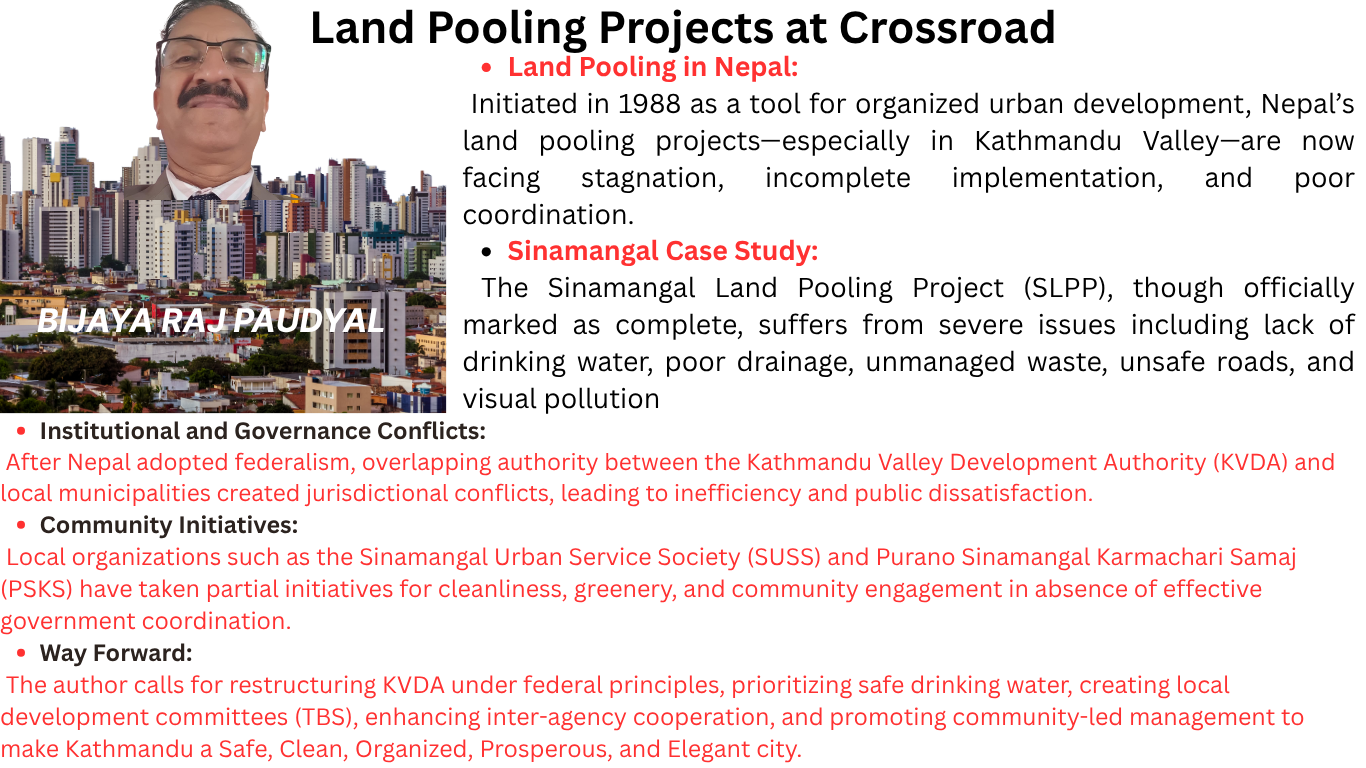
National Scenario
Land Pooling (LP) in Nepal is one of the three forms of land development schemes implemented by the central government through Town Development Committees (TDCs) or by municipalities in coordination with the TDCs as authorized by Town Development Act, 1988 (amended in 1991, 1992, 1997, and most recently in 2019). The country’s first official LP project, the Gongabu LP Project (14.3 hectares) in Kathmandu, was initiated a decade later in 1988 as a pilot.
TheKathmandu Valley Development Authority (KVDA), established on 2012 AD ( 2069 BS) under the Kathmandu Valley Development Authority Act, 2045 BS (1988 AD), is a government body in Nepal established to oversee and guide the sustainable development of the Kathmandu Valley. Further, its mandate is to prepare and implement an integrated physical development plan for the Kathmandu Valley, which includes five municipalities and rural municipalities. Moreover, it vision is to transform Kathmandu Valley into aSafe, Clean, Organized, Prosperous, and Elegant (SCOPE)National Capital Region. Key functions are urban planning (master plan for physical infrastructure), land management (land pooling), environmental initiatives (waste management with drain and promote green space), public health (sanitation and disaster resilience and livability) and safety and cultural preservation (integrating cultural values in urban design).
There are twelve Land Pooling Projects already completed under KVDA covering total 5819 Ropani land areas with Open space (305 ropani) , road (99.52 Km) and community areas (458 ) and 12,260 household parcel (3821 Ropani). In addition, there are eleven LPPs are under construction.
The Sinamangal LPP (SLPP) is one of the so called completed LPP having total 901 Ropanies land area, road (183 ropani -12 Km ), 48 Open space(48 ropani) and 617 ropani of households parcel. According to KVDA, the project was started in 2053 BS and completed in 2064 BS. The SLPP under KVDA is located in the ward 32 (former 35) Purano Sinamangal of Kathmandu Metropolitan City in Kathmandu district. During its project it has focused its activities like road construction, Sewerage management, and electricity supply. But, a number of outstanding issues are observed and experienced in the SLPP area due to poor performance in the establishment phase.
Challenges on the Journey
Urban planning is a manifestation that can be achieved by interacting between three big forces: politics, the public, and profession. To avoid the failure in urban planning, one should carefully balance between the needs, requirements, and limitations of aforementioned forces. While politics is representative by elected officials, the public refers to the people (communities). Profession is a technical process of urban planning itself, involved all other parties (professionals and technicians).
On behalf of public, one can observed two types of issues (KVDA Level and Field level). Firstly, after the promulgation of Constitution of Nepal in 2015, an institution like the Kathmandu Valley Development Authority (KVDA) is facing a number of issues in the present context. Because KVDA was established under a centralized framework in 2012, before federalism took hold. Its mandate to oversee urban development across the entire Kathmandu Valley often overlaps with local government. All Municipalities have their own elected bodies and development agenda. A meeting of mayors and deputy mayors of the 18 municipalities, including two metropolitan cities, of Kathmandu Valley on 8th May 2019 unanimously decided to press the government to dissolve the Kathmandu Valley Development Authority (KVDA), accusing the latter of interfering with the jurisdiction of local units and obstructing their regular work. They accused KVDA of:
- Interfering with local jurisdiction
- Obstructing municipal operations
- Ignoring the spirit of federalism and constitutional mandates
The municipalities argued that KVDA, established before Nepal adopted federalism, was not aligned with the new governance structure and was undermining local autonomy. It has become a contested (Municipalities versus KVDA) subject matters in the country. Based on the present infrastructure development and Bagmati watershed areas, one lead agency is must to coordinate for planning programs based on watershed resources management including land use and land capability of the Kathmandu Valley or Bagmati watershed. From the public side, the KVDA never organized a single meeting on the ground regarding to understand the status of post – Sinamangal land pooling project.
Secondly, Sinamangal Land Pooling Project under KVDA is facing a number of issues despite of efforts made by various institutions. Residents of the SLPP area are suffering from drinking water supply. It is a blonder of the KVDA / SLPP that they never initiate for pipe line installation and manage drinking water supply in the project area. Kathmandu Upatyaka Khanepani Limited (KUKL) is responsible to supplying drinking water and managing wastewater services in the Kathmandu Valley. Kathmandu Metropolitan City (KMC) does have representation on the KUKL board but no result in the SLPP area. Since nearly three decades, residents of the so called planning area are fighting for drinking water supply, both campaign and legal instruments. Varun Beverage Private limited, Sun city apartment, Water Bottle suppliers companies in and nearby SLPP area have impacted the ground water supply system. In recent years, mushrooming water-driven business house established which have been lowering the water level in the SLPP areas, as every year new tube wells are being installed.
Khahare or creek is drained between Kageswari Manohara Municipality (KMM) and Kathmandu Metropolitan City (KMC). It is a rain water drainage of Tribhuwan International Airport (TIA). Now, it has been changed into waste water drainage and become a polluted stream. During the rainy period, the polluted water spread over the SLLP area which have impacted in the lives of residents. Neither, KMM, KMC, KVDA nor Civil Aviation Authority (CAA) have solved these hot issues.
There more than four institutions looking after the road network in and around SLPP area. Road Division Kathmandu is looking after the roads-Monohara corridor road, Sinamangal road, Mahadev Chaur road and Namuna road. In terms of road safety and road norms, very poor performance shown by the present authority inside or around the roads of LPP areas. Road safety has become more challenges for local residents in recent years, because the ever increasing population in the Kageswari Manohara Municipality using the transportation route through the SLPP area become one of the reason for the disasters. KVDA did construct roads in the early phase in SLPP area. Although, KMC has initiated reconstruction of road, but the sewerage problem is still continued. Road safety is also linked with same institutions who construct the road. All are working individually and results are very unpleasant, because every day the residents are facing road accidents. TIA is nearby SLPP area which has lots of responsibility to maintain road safety, sewerage management, street lights and CCTV installation around the airport boundary, rain water drain, sewerage and waste management.
Sewerage Management is very sensitive and technical issues which was not properly installed by KVDA in its initial years. Based on population and road width, the size of hum pipe and manhole are to be installed, but in reality it was not carried out by KVDA. In addition, sewerage in the road constructed by Road Division, Kathmandu (RDK) and TIA/CAA are also not properly completed which have affected during the rainy season every year.
Nepal Electricity Authority (NEA) is responsible for electricity supply and Poles installation. It is already three decades, a number of electricity poles are leaning, fixed improperly, with naked and hanging wire, which has caused hazard and disaster in the settlement of SLPP area. NEA has also no well communication and working modality to settle such issues even in the capital city of Nepal.
Nepal Telecom (NTC) and mush rooming private sector internet service providers have no coordination and working modality. Visual pollution is clearly seen due to wire mismanagement in the SLPP area which also hampers the electricity supply because all are using same poles.
According to Solid Waste Management Act, 2068 BS, solid waste management is the responsibility of KMC. Despite of efforts made by KMC in the last three years, no any results came out at the ground level for solid waste management (including segregation at source). Despite of various hurdles, a number of local non-governmental organizations are being involved in clean-up program, awareness program, making Jhol Mal and collecting dry waste (paper, glass, iron) through Sinamangal Urban service Society (SUSS).
Open Space management is vital theme to be addressed in the SLPP. Although, according to the Constitution of Nepal, local Government Operation Act, 2074 is already under function. KMC has promulgated a KMC Act,2075 BS which made provision for Tole Bikas Santha (TBS). In 2080 BS, KMC approved the Tole Bikash Santh Procedures but no any TBS formed in the SLPP area. It has made provision in the procedures that the TBS has authority to manage the open space in the KMC. Neither KMC formed a TBS nor a management committee for each open space. Some initiative can be seen solely from KMC headquarters since last two years, but never carried out the proper consultation with concerned and surrounded stakeholders and displayed the design and estimate of the open space improvement and beautification projects. The rent seeking syndrome is still exit in common property. On the other hand, Division Forest Office Kathmandu (DFOK) made a high contribution for reconstruction of gardens (Namuna, Rastrasewa, Kapur) and road side plantation in the Jadibuti- Khahare areas of Mahadev Chaur road and provided seedlings for green SLPP areas.
The High-Powered Committee for Integrated Development of Bagmati Civilization (HPCIDBC) has also mandate to conserve and make clean Manohara River. HPCIDBC has not conducted field level meeting and hardly recognized the voices of residents of SLPP area. Monohara river bank protection, fire hazard management from furniture industries and gas depot, road side parking management, heavy vehicle entry protocol, and CCTV installation in SLPP area are emerging voices of the residents of SLPP area. Lack of regular interaction among local government, professions and public also seen in the SLPP. Moreover, the KVDA never conducted meeting with public and KMC and related institutions for the better management of LLP area.
At present, Kandaghari Police Office looks after upto Chhapro of Kathmandu 32, Purano Sinamagal. It is very difficult to Nepal Police as well. Most of the accidents occurred in the chhapro and monohara corridor of KMC-32. KMC-32 Khahare chouk, Manohara bridge, Sinamangal temple area have facing very traffic jam these days. The working area of Kandaghari Police Prabhag is not matching to SLPP areas, because it is not fitting with the administrative boundary. It is better to establish Nepal Police Office based on the Municipality's administrative boundary for better results.
Panch Tara cooperatives and Some Banks (Sidhhartha, NMB, Sunrise) , Varun Beverage Pvt. Ltd., Nageswar Badminton Clubs, Peace fitness Center (PFC),Schools, Sahayogi samaj and Academy have also contributed to beautifying gardens and making clean, safe and green SLPP areas. Most importantly, Sinamangal Urban Service Society (SUSS) and Purano SInamangal Karmachari Samaaj (PSKS) have been facilitating and coordinating for making the SLPP area (also called Manoharbasti) sustainable society.
Kathmandu Valley Urban Development Council released a planning document named 'Long Term Development Concept for Kathmandu Valley' in 2002 to develop Kathmandu metropolitan region with focusing long term plan for mantling and compacting urban form with conservation of agriculture land synchronized infrastructures development and land use land cover plan with defined precise ecological sensitive areas by 2020.
It is clearly observed from the case study of SLLP that KVDA has left the responsibility without handing over responsibility for maintain SLPP area to KMC or other appropriate organizations. The Sinamangal LPP is a semi-planned and in-completed project because peoples are raising voices for drinking water supply, sewerage management, garden management committee formation, CCTV installation for security, maintenance of street lights, community buildings and visual pollution control which are basic needs of living beings. The so called smart city vision of KMC is remaining in the racks and tables of City Planning Commission (CPC) of KMC. Sustainability of open space and gardens/greenbelts is never become a priority action for KVDA and KMC yet. River and creeks are so called managed without long term solution - Master Plan. KVDA never thought for networking among LPP area's residents for better management of their areas. Visual, sound, water, land pollution, flooding, fire hazards are still observed and experiences in LPP areas.
Solutions for Better Future
To enhance the quality of life in urban planning areas / smart city, the following actions are recommended:
- Federal Legislation & Institutional Support:
- Constitutional rights of people over safe drinking water supply should be the first priority action of KMC and KVDA.
- Reform federal law provisioning Kathmandu Metropolitan City (KMC) as the lead agency and board of directors from the networks of municipalities of the Kathmandu valley.
- All the concerned authorities ( HPCIDBC, KMC, KVDA ,KUKL, TIA/CAA , NEA,NTC, RDK, DFOK,KMM, Nepal Police) should work closely and prepare master plan for a Safe, Clean, Organized, Prosperous, and Elegant planning area.
- Make mandatory for program and budget planning based on Bagmati watershed resources management plan.
- Reform Nepal Police and Traffic Police working boundary and establish one Nepal Police Office for outside ring road (Jadibuti–Purano Sinamagal), confined its jurisdiction to KMC boundary.
- Governance & Community Engagement:
- Integrate KVDA and utilize the technical expertise as act as technical back up
- Municipal networks must demonstrate good governance and collaborate with community organizations.
- Each Ward Office should be restructured, equipped and capacitated for making a smart city
- Tole Bikash Sanstha should be established as soon as possible.
- Not only KMC, but also KMM should also take responsibility to manage better road access and safety for the SLPP area's residents.
- Stop rent-seeking behaviors of out-siders
- Strategic Planning & Review:
- The theme-Clean, green and safe LPP areas - should be incorporated in the strategic plan.
- KMC should hold joint meetings in each Land Pooling Project area with residents and community groups to assess project status.
- Organize a national workshop with stakeholders to evaluate past LPPs, identify gaps, and develop 10-year action plans.
- Host a global urban planning dialogue in Kathmandu led by the Ministry of Urban Development.
- Data & Design Transparency:
- Establish data base of all LPP areas ( demographic, utilities, infrastructure, service centers, CBOs, TBS )
- KVDA must transfer all LPP designs, maps, and layouts to KMC and concerned community organizations.
- Ongoing Collaboration:
- KMC should hold regular meetings with infrastructure, utilities services, and environmental related stakeholders (including SUSS) in each LPP area with the concept of one door system.
- All government agencies must cooperate for successful urban planning/land pooling project.
- Community-Led Development:
- Encourage lead and local organizations to participation from concept to implementation on land pooling project, smart city and urban planning
- Establish a Land Pooling Project Area Residents Network (LARN) to share experiences and guide future budgeting and programming on.
- Establish a committee lead by surrounding residents for each open space /garden management as soon as possible
The ultimate goal is to ensure future urban planning /smart city is truly comprehensive—Safe, Clean, Organized, Prosperous, and Elegant.
*Mr. Paudyal, is an Environmentalist and President of SUSS, can be reached at bijayarajpaudyal711@gmail.com



